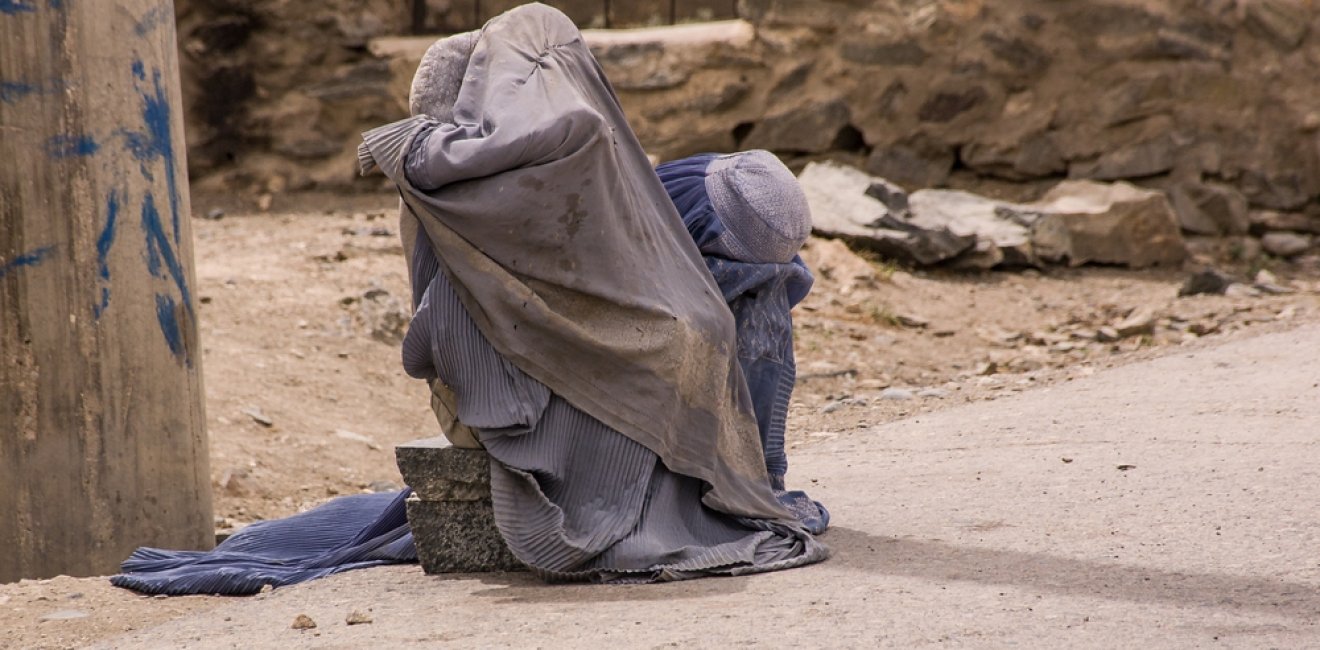
A blog of the Wilson Center

Approximately 80% of all suicide attempts in Afghanistan are made by women.
World Health Organization studies suggest that, across the world, men are twice as likely as women to take their own lives. But recent research noted by the The Guardian (and reported by outlets including the BBC and TortoiseMedia) suggests that in Afghanistan, it’s women who make up the vast majority of suicide victims.
When the Taliban returned to power in Kabul in 2021—on the heels of the abrupt withdrawal of US and coalition forces—the new government began a steady drumbeat of new restrictions on the daily lives of everyday citizens…most notably, of course, for Afghan girls and women.
In terms of education, the Taliban has banned girls from entering or continuing secondary school, and prohibited public and private universities from taking female students. Desperate attempts by girls and women to discreetly continue their education through online lessons have been largely thwarted by the poor quality of internet access in much of the country, as well as the government’s broader ban on girls taking graduation exams. The Taliban is also making it illegal for female students to leave the country in order to pursue education elsewhere.
Nearly every major Muslim country, from Saudi Arabia to Pakistan to the UAE and Qatar, has publicly condemned Afghanistan’s education restrictions.
When it comes to healthcare, among other measures, the Taliban has decreed that girls and women can only be treated by women—even though much of the country has few, if any, remaining women doctors. If families can find a female doctor, female patients are not permitted to travel any distance to see that doctor unless they are accompanied by a close male relative (or “mahram”) who can serve as a guardian. Female health care workers, including doctors, are not permitted to treat male patients or even work directly with male colleagues. The government also outlawed the sale of contraceptives to women.
In terms of employment, women have been banned from serving in the country’s “grand assembly” and earlier this year thousands of women were fired from government jobs and instructed to return to their homes. The Taliban has banned women from working for the UN or NGOs.
Women are also now prohibited from boarding airplanes without mahrams, or traveling any distance by bus or car without them. Women are prohibited from entering the country’s parks, sports centers, gyms, and even what were formerly women-only public baths. The Taliban has made beauty salons illegal, and threatened landlords who might rent them space.
The UN’s Special Rapporteur for Human Rights in Afghanistan, Richard Bennett, has described the restrictions the government has imposed on female Afghans as “a chilling attempt by the Taliban to make women invisible, by excluding them almost entirely from society.”
In the months leading up to taking power, representatives of the Taliban pledged that it would be a “new Taliban,” a more moderate one, that guided Afghanistan. Instead, those leading the government in Kabul are in some ways worse than their predecessors.
When the US and its allies forced Taliban leaders from power in 2001, the new government which emerged in Kabul began to open the country up and bring girls and women out of the shadows of public life. Girls were encouraged to go to school, and women gradually assumed important leadership roles. They served in government, diplomatic posts, civil society and more. They were encouraged to dream, and empowered to chase those dreams.
When the West abandoned Kabul and the Taliban returned, any dreams of a better future were quickly extinguished. An important question for us all: is it more painful to have never tasted freedom or to get a small taste and then have it snatched away?
This blog was researched and drafted with the assistance of Carlotta Murrin.
Author

Explore More in Stubborn Things
Browse Stubborn Things
Spying on Poachers

China and the Chocolate Factory

India: Economic Growth, Environmental Realities
